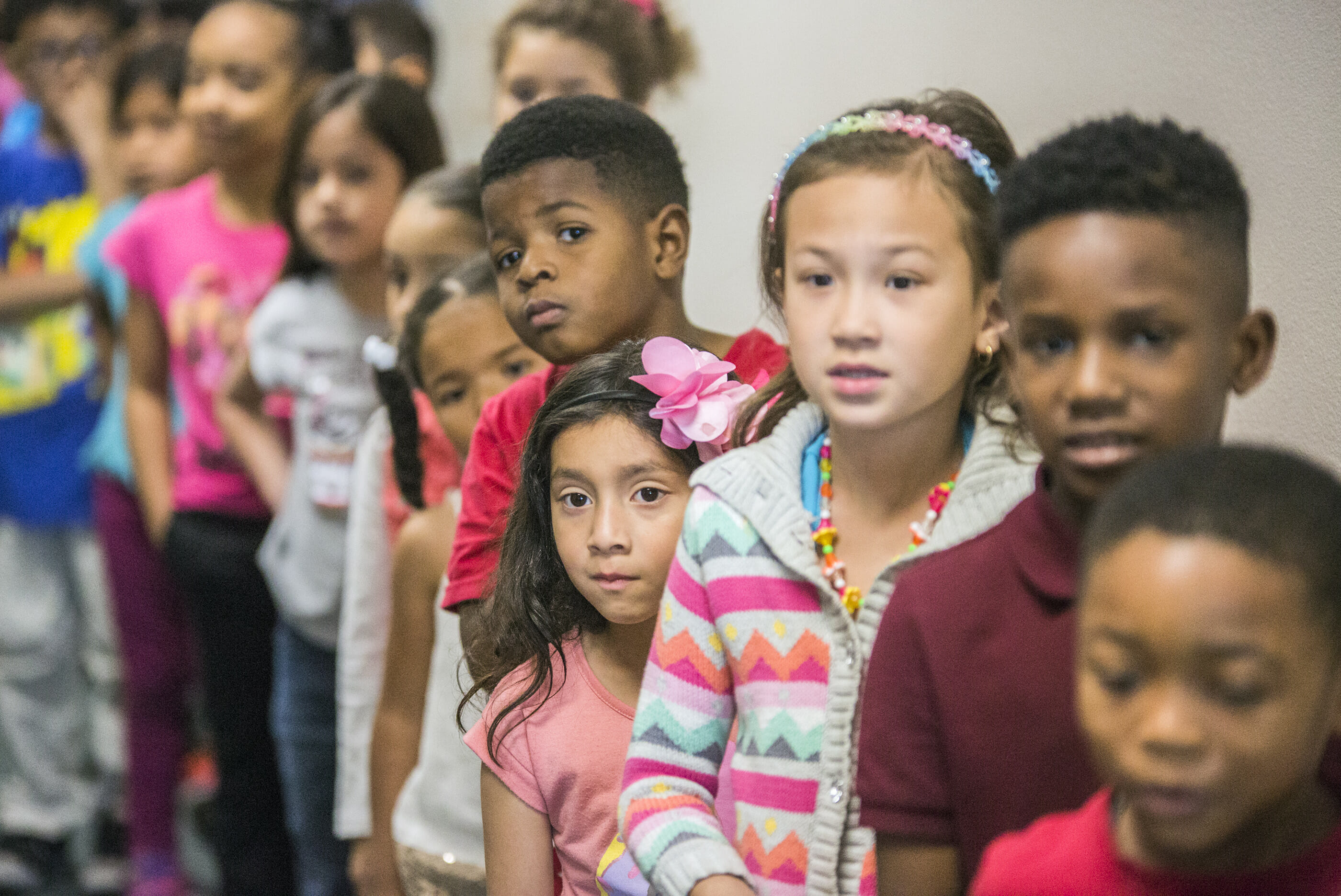Ideas for safety and real learning as we reopen our schools

By Christina Giunchigliani
Let me start by saying there is no perfect, one size fits all plan for reopening schools, but common sense should prevail whenever possible. Distance learning is not the best for students, families or faculty. Students need social interaction, consistency and continuity. Additionally, Clark County’s proposed two days on, three days at home schedule is too difficult for parents, students and faculty to manage. Following are some ideas on how to best manage reopening schools and keeping staff and students as safe as possible.
For arrivals and departures, schools should have cones or other markers set up for social distancing and check student temperatures as they enter. For busing, we should require the use of hand sanitizing products as students step on the bus and also require social distancing of three feet with masks required. We also should space out bike slots on bike racks, as well as space out parking spaces at the high schools. The districts should also work with the Regional Transportation Commission to buy public bus passes for middle school and high school students so they can ride public transit to school.
Staff should be tested for COVID-19 prior to returning to work and probably at least quarterly after that. They must stay home if any symptoms arise, and they must also immediately notify the school and quickly be tested in order to enable contact tracing if they test positive for COVID-19. School districts should not require staff to use sick leave during these special times.
Upon enrollment, schools should gather the following information for students: a cell phone number for everyone in the household, whether the household has regular internet access, whether the student needs a Chromebook, whether there are unemployed people living in the home, and whether household members have a vehicle or use public transit. We also should ask whether the family owns or rents, and whether they are at risk of eviction, along with determining if there are food assistance needs or child care needs. All in all, in order to deliver or help expedite services, the school districts must have an accurate picture of students’ lives.
Anyone who works on campus or visits or delivers products must wear a mask and undergo a daily temperature scan. Masks should be provided if necessary. Hand washing equipment or hand sanitizer should be placed at building entry points and in each room. Desks should be spaced a minimum of three feet apart (which CDC says is appropriate if people are wearing a mask); otherwise it should be six feet.
Schools should create a schedule consisting of a double session — two half-days, five days a week — with nutrition available in each class. Districts should limit the number of students in classrooms based on social distancing standards, while creating a system that lets families and staff select the best schedule for their needs, such as 8 a.m to noon and 1 p.m. to 5 p.m. In some cases, or on some days, schools should create overlapping sessions midday so activities can be efficiently implemented.
Cafeterias, gyms, libraries and performing centers should be converted to classrooms that enable larger numbers of students who are social distancing, especially for art and music classes (which can include more than one grade, and that are critical to learning and student well-being). If space shortages are still an issue, add portable classrooms or explore renting out nearby office space from businesses that are closed. This could help the economy with minimal set up costs for schools.
Special needs students should attend a full day, every day, and specialists should come to the students (speech, PT, etc.) Speech therapists and pre-K through first grade teachers should use plastic face shields to allow early learners and kids in speech therapy to see the facial and lip movements, which is key to early learning. Schools could also provide online supplemental learning including for these and other electives.
Non-teaching staff could work one half-day shift if child care is an issue; otherwise they should be working both shifts. Custodians need to be given more than the 10-12 minutes they’ve been given in the past to clean classrooms and other rooms. Schools should augment cleaning by hiring unemployed parents or adult students to be cleaners. Undocumented parents should be allowed to work and be paid as well.
Regarding child care for households that need it, as well as for faculty, perhaps the state can review child care licensing requirements in order to allow parents or others with certain backgrounds to help provide it on campuses as needed. The district’s liability insurance could apply in those instances.
We should have no group sports or physical education classes, but instead provide videos on how to do specific exercises and techniques. Coaches and teachers can give students tracking sheets for sit ups, running and other exercises as well as nutrition logs so students can track their meals and calories each day. Teachers and coaches can also promote using the school garden — with social distancing — or creating a home garden. Green our Planet is an existing resource, as well as seeking cooperative extension.
We also should allow zone variances in cases of evictions or loss of work to avoid disrupting students during the year, and provide as much tutoring as possible to help kids to catch up due to the loss of schooling these past months. We could ask retired teachers to take on this role without any penalty to receiving their retirement. We also work closely with existing after school or tutoring providers so kids have safe, literacy-based programs to augment their education.
Finally, it is essential to train teachers so they can comfortably navigate the online Canvas and other platforms — Canvas Learning Management System (LMS) is the online classroom software used by CCSD — so teachers can post content, discussion, and assessments, extending learning outside of the classroom. We should also offer them and and students live telephone or online help in order to avoid holdups and frustrations. We also could bring in consultants to help teachers condense content for quicker application in the shorter half-day sessions.
Again, there is no perfect solution but there is much that we can do. I hope this piece will at least generate discussion and consideration of more practical alternatives.
Chris Giunchigliani is a former teacher who served as a Clark County Commissioner from 2007 until 2019. She has been active in Nevada politics since 1991, previously serving in the Nevada Assembly, 1991-2006.
